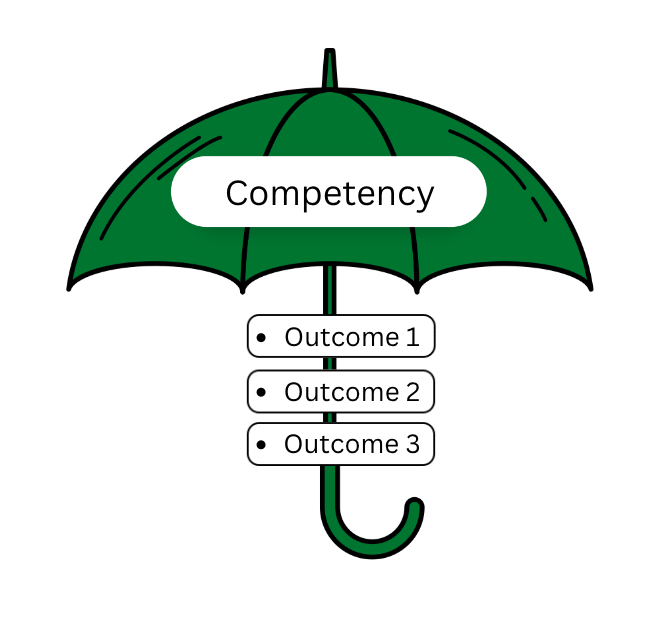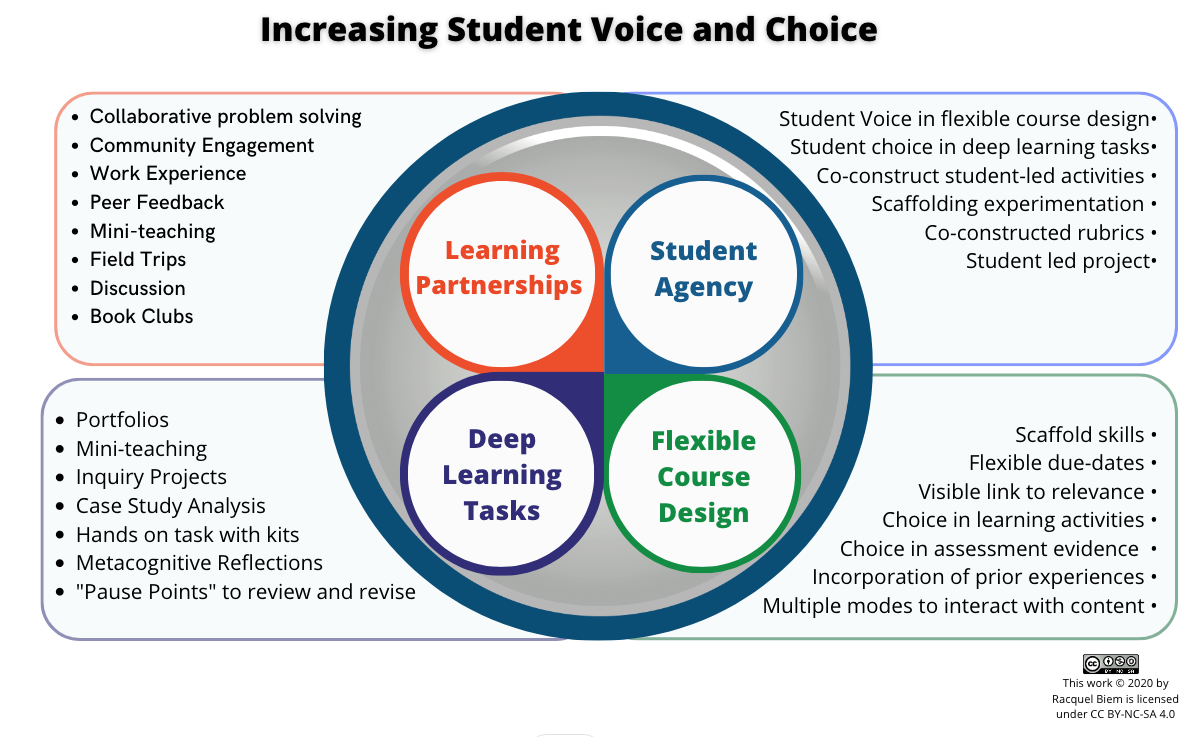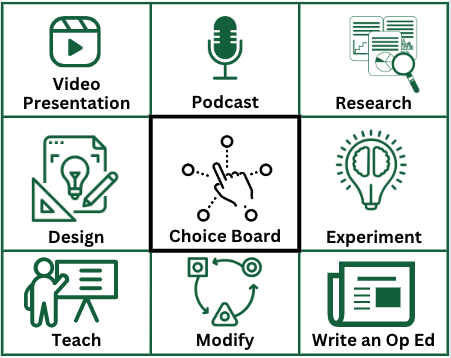SDG 7 Affordable and Clean Energy – Embedding the Sustainable Development Goals in Learning
This blog post is part of a series around the 17 Sustainable Development Goals (SDGs). Each post will dive into one of the goals and how we as educators can strive to embed these into our own courses. It is in the author’s opinion that any course or class can connect with one of the 17 goals or 169 sub-targets. By providing this blog post series, we hope to elicit some ideas of how you might also integrate a global goal into your teaching. Please refer to the USask SDG Teaching & Learning Workbook, review the USask Sustainability in the Curricula website, or scroll down for more information about the SDGs.
![]() SDG 7 aims to ensure access to affordable, reliable, sustainable, and modern energy for all. Energy is power: power to do, participate and build. Energy also powers our economy, transportation, health and livelihoods. However, not everyone has access to this kind of power. Harnessing and harvesting energy resources, like wind, solar, water, oil and gas, impacts our environment and the ability for future generations to do the same. Many Northern communities in Canada depend on electricity generated by diesel brought up from the South. This can create a problem of pollution from emissions and transportation. This goal seeks to establish sustainable energy systems that reduce our impact on the planet, and address energy inequalities that constrain human and economic development.
SDG 7 aims to ensure access to affordable, reliable, sustainable, and modern energy for all. Energy is power: power to do, participate and build. Energy also powers our economy, transportation, health and livelihoods. However, not everyone has access to this kind of power. Harnessing and harvesting energy resources, like wind, solar, water, oil and gas, impacts our environment and the ability for future generations to do the same. Many Northern communities in Canada depend on electricity generated by diesel brought up from the South. This can create a problem of pollution from emissions and transportation. This goal seeks to establish sustainable energy systems that reduce our impact on the planet, and address energy inequalities that constrain human and economic development.
You might also be able to align your teaching to this SDG if you want your students to be able to:
- Distinguish between different energy resources – both renewable and non-renewable – and their advantages and disadvantages regarding environmental, health, safety, and sustainability issues.
- Consider energy needs and uses in different regions of the world.
- Develop policies which can influence the development of energy production, supply, demand and usage.
- Communicate the need for energy efficiency and sufficiency.
- Evaluate energy efficiency and sufficiency.
You might consider having your students reflect, share, act in some of these ways:
- Explore the First Nations Power Authority, a non-profit Indigenous owned organization developing clean energy projects that bring economic and environmental benefits to First Nations communities. https://fnpa.ca/
- Discuss the Bridging the Gap report, a project to build understanding between coal workers (and coal-producing communities) and urban environmentalists. https://climatejusticesaskatoon.ca/future-of-coal/future-of-coal-bridging-the-gap/
- Get involved with the Renewable Energy in Northern, Remote and Indigenous Communities Flagship Program driving research in that field. https://renewableenergy.usask.ca/
Some curricular connections and questions for students might be:
| Media
What do you need to know to be critical of media stories about energy usage and conservation? |
Oppression and genocide
What happens to energy supplies during times of conflict? |
| Environment
What are the impacts of energy overconsumption on our environment? |
Gender politics
How is energy usage a gendered issue? |
| Poverty, wealth and power
How is energy usage related to the poverty cycle? |
Social justice and human rights
Should energy access become a human right? |
| Indigenous Peoples
What are the experiences of Indigenous Peoples in relation to energy development? |
Health and biotechnology
How are health and technology impacted by energy consumption? |
| Peace and conflict
What are some examples of conflict and resolution over energy resources? |
WHAT ARE THE SUSTAINABLE DEVELOPMENT GOALS? 
The 17 Sustainable Development Goals — also known as the SDGs or the Global Goals —came into effect on January 1, 2016 following an historic United Nations Summit in September 2015. 193 governments from around the world agreed to implement the Goals within their own countries in order to achieve the 2030 Agenda for Sustainable Development. Over the next fifteen years, with these new Goals that universally apply to all, countries will mobilize efforts to end all forms of poverty, fight inequalities and tackle climate change, while ensuring that no one is left behind.
These new, interconnected goals build on the successes of the Millennium Development Goals, or MDGs, while also identifying new priority areas such as climate change, economic inequality, innovation, sustainable consumption, peace and justice, among others.
Although each country faces specific challenges in pursuit of sustainable development, special attention is given to the most vulnerable countries, in particular, African countries, less developed countries, landlocked countries and small island developing states. There are also serious challenges within many middle-income countries.
For each of the 17 goals, there is a list of specific targets we aim to reach. The targets discussed in this guide have been summarized for ease of reading. For a more detailed list of all the 169 targets, visit GlobalGoals.org.
This content has been adapted from the original by the Gwenna Moss Centre for Teaching and Learning and the University of Saskatchewan from the Manitoba Council for International Cooperation. Users are free to download, copy, print and share this resource as needed, and adapt for their classroom or non-commercial use.
If you adapt or build on this work, please let MCIC or USask know! gmctl@usask.ca
Sustainable Foundations: A Guide for Teaching the Sustainable Development Goals by the Manitoba Council for International Cooperation is licensed under CC BY-NC-SA 4.0. To view a copy of this license, visit https://creativecommons.org/licenses/by-nc-sa/4.0
Original document http://mcic.ca/uploads/public/files-sf/SF-Full-FINAL-WEB-ISBN-2021-EN.pdf


